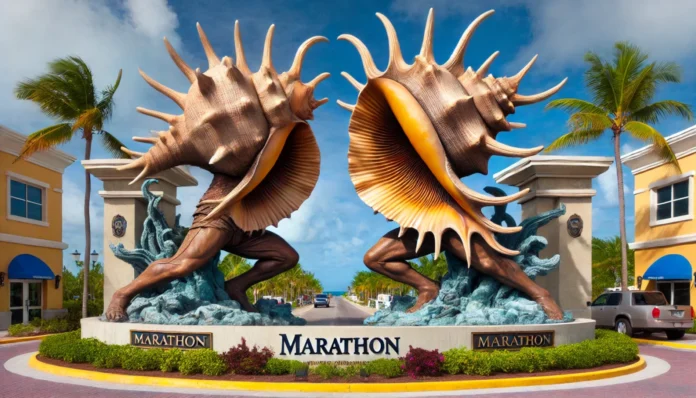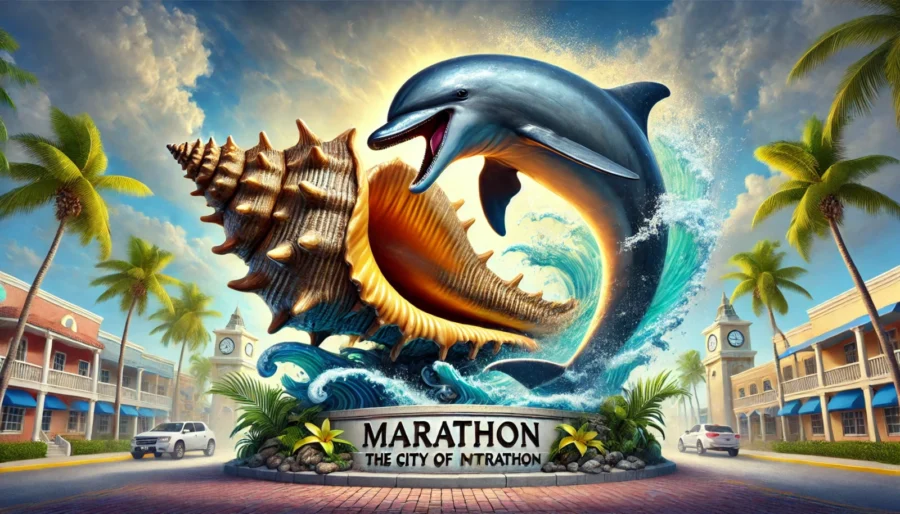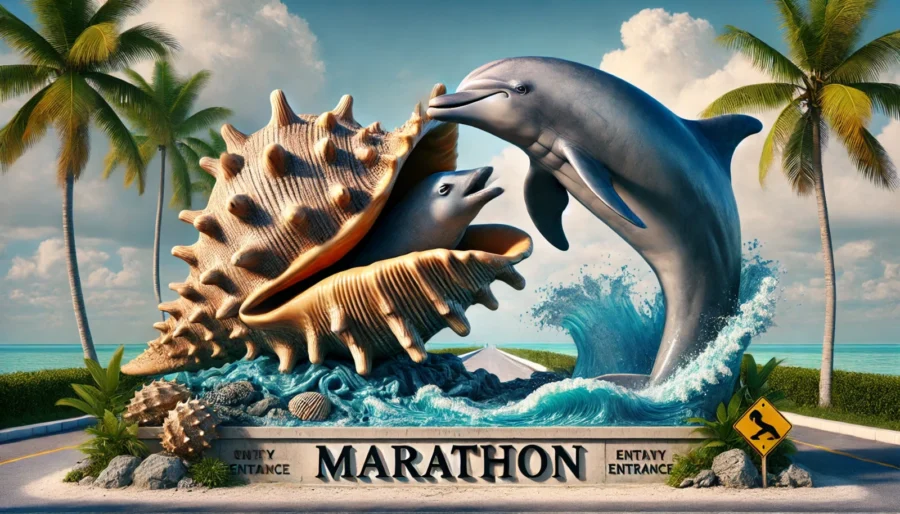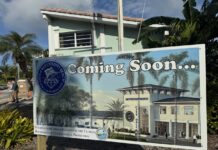
Close your eyes, and picture what you want the city of Marathon to look like in 10, 20 or 30 years. What do the buildings look like? The houses? The storefronts?
Now … can you describe that exact vision in words?
A full house at Marathon’s June 25 workshop was charged with this very task as the city moves toward updating chapter 105 of its code of ordinances, specifically addressing design standards to create visually cohesive regions throughout the city’s 13-mile span.
“The only design district we’ve adopted is the Old Town district, which runs from 33rd Street down to the Seven Mile Bridge,” said Marathon Planning Director Brian Shea. “And when we adopted that, it was draft language that was to be updated later. Seventeen years down the road, we’re looking at fixing that.”
Working in groups with city employees, residents were tasked to write down their idea of the ideal look for each region described in Marathon’s master plan – a “Midtown District” running from 33rd Street north to the beginning of the airport, an “Airport District,” an “Uptown District” running from the airport’s east end to Vaca Cut, and a “Gateway District” running east from Vaca Cut.

Criteria chosen by each group for each area – from building height to the use of the area, its architectural style and its surroundings – were then fed to a generative artificial intelligence engine, asking the program to take its best shot at visually depicting the given parameters. As participants, including this author, soon found out, the slightest change in phrasing could alter the generated image entirely.
Provided with a sample of Marathon’s code text, the groups then fed their freshly-generated images, along with the sample language, to a separate A.I. engine, tasking the program to reverse-engineer code language to achieve the design features of the generated image.
Shea described the A.I. engine as “another tool in the toolbox” for planners – useful in creating sample imagery for grant applications and conceptual designs, but not without its drawbacks. Relying largely on internet content to inform its creations, the program is known for falling into traps of racial, gender-based or age-based biases if not specifically instructed to include diversity.
In some cases, he said, the program will even “make stuff up.”
“Here in Marathon, someone in a code case submitted ‘proof’ that the Florida Statutes said they could do pot sales,” Shea said. “We looked it up, and the Florida Statutes and code sections that were referenced didn’t exist. We backtracked and ran that same query (about pot sales) through ChatGPT, and got the same exact results.”





















